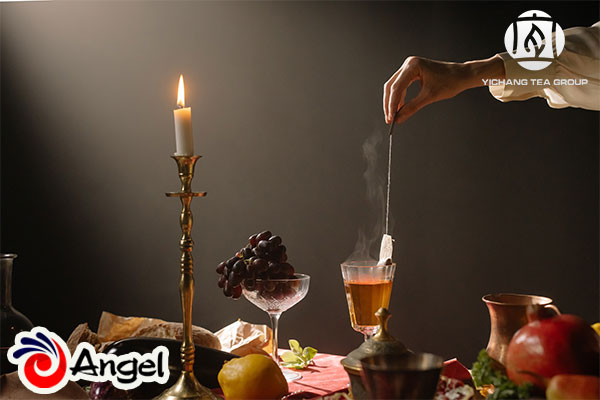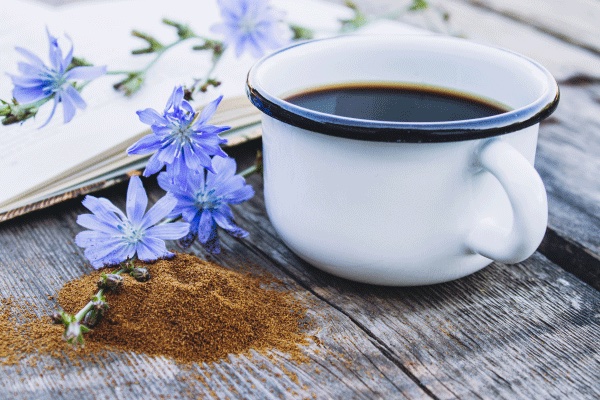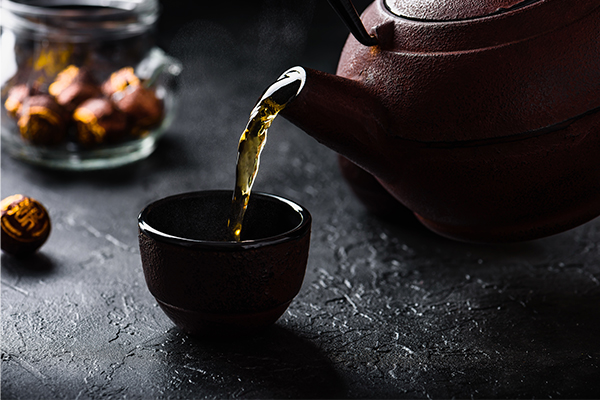-
Home > News & Events > Blog > Tea
The development of tea bags
In the 18th and 19th centuries, Twinings, Lipton, Whittard and other brands developed tea bags successively, starting from Britain and gradually setting off the tea bag trend in Europe and the United States. Teabags now account for 80 per cent of consumption in Europe and 90 per cent in the US and UK. In 1992, Lipton introduced shredded tea into teabags, targeting crowds in Chinese office buildings. As a symbol of portability and Western lifestyle, it quickly gained popularity and occupied the mass market as a fast-moving consumer goods.
Crushed tea is mostly CTC tea, that is, crushed tea after crushing, tearing and curling, not tea scraps. But in the eyes of Chinese consumers who prefer single bud and whole leaves, crushed tea still means "cheap", "low quality" and "can't afford good tea". By 2017, the consumption of teabags in China was far lower than the world average of 23.5 percent, accounting for only 4 percent of tea consumption. Among tea consumers, nearly 80 percent of Chinese consumers prefer to buy freshly made loose tea.
In recent years, with the improvement of consumption level and the rise of the national tide, more and more young people have embarked on the road of drinking tea, especially in the fruit and fruit mixed tea bags. By 2020, the online teabag market scale increased to 12.87 billion yuan, with a growth rate of 155.9%. According to CBN Data's 2020 Consumption Trend Report on Tmall Tea Industry, high consumers of the first and second tier have become the main consumers of tea products, nearly half of women prefer to buy tea products online, and the post-1995 generation also began to fall in love with tea.

Current trend of tea bag development in China:
With the rapid development of tea bag market, many Chinese traditional tea companies with advantages of high-quality tea raw materials are also eager to try. Adhering to the concept of "making every cup of tea", they choose more high-quality raw leaf tea and tea flavor favored by young consumers, and take the route of high-end tea to break the dilemma of homogenization of low-end consumer brands. Among them, flower tea and health tea, which are rich in taste and can bring different effects, are more popular among consumers in the tea bag field. Flower tea is a kind of reprocessed tea unique to China. It is mainly made of green tea, black tea or oolong tea as tea blank, with fragrant flowers as raw materials, and is made of tea with scenting process. Tea brings out flowers and flowers add tea flavor, complementing each other. It not only keeps the rich and refreshing tea flavor, but also has the fresh fragrance of flowers. Health tea is a tea drink made with tea as the main raw material according to special factors such as season or constitution and with different ingredients or medicinal materials with the same origin of medicine and food, so as to achieve the purpose of health care by drinking tea. Herbal tea is rich in protein, vitamin A, vitamin E, vitamin B and a variety of minerals. It has the effect of regulating qi, opening depression, eliminating dirty and moderate. Its aromatic oils have calming and nervous system regulating effects. Compendium of Materia Medica, a Chinese pharmaceutical work, records the characteristics and medicinal value of various herbal teas. There are many kinds and different characteristics. Through proper proportion, the best health effect can be achieved.

Introduction of Yichang Tea Group’s upcoming teabags:
Osmanthus black tea: The golden laurel from Guilin, Guangxi Province is used to match with one of the three major Congou black tea in China. The fragrant osmanthus is pleasant and the black tea is sweet and mellow. The tea made of osmanthus black tea can ease the spirit and nourish lungs.
Rose black tea: Pingyin rose, the representative of "Chinese traditional rose", is used to match with appropriate red. Roses are rich in vitamins A, C, B, E, K and tannic acid, which can improve endocrine disorders and eliminate fatigue and wound and blood stasis. As a kind of good medicine and food drink, rose black tea can play the role of warming and nourishing the heart and veins.
Jasmine tea: Jasmine tea is a kind of flower tea made of Yichang Maojian through a series of processes. It has the functions of calming the mind, relieving depression, invigorating the spleen, anti-aging and improving the body's immunity.
About Yichang Tea Group:
Yichang Tea Group Co., Ltd. (Yicha Group), founded in July 2022, is a wholly owned subsidiary of Angel Group, with a registered capital of 300 million yuan. With capital as the link, Yichang Tea Group integrates local tea industry resources in a market-oriented way and further improves industrial concentration and market competitiveness to build an industry leading enterprise.
Published by Ying Song, edited by George Hu
songying@angelyeast.com




